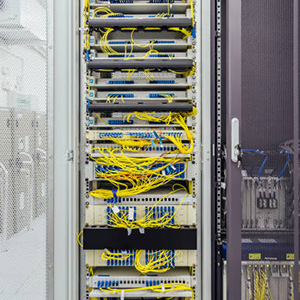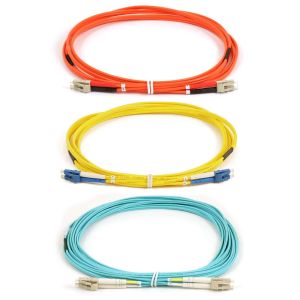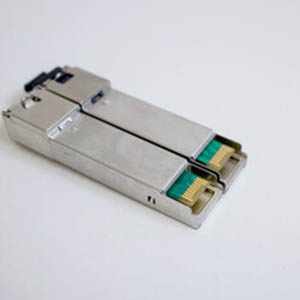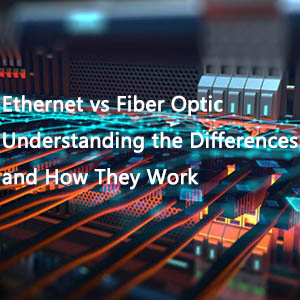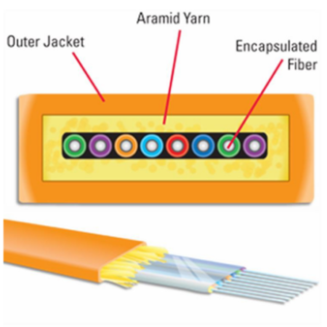The evolution of fiber optic technology has led to an increased adoption of SFP transceiver modules in data centers. Despite this, concerns regarding their compatibility and interoperability are prevalent. This article offers an in-depth examination of SFP compatibility and provides a step-by-step guide to verifying it.
Understanding SFP Compatibility
To truly comprehend SFP compatibility, one must be acquainted with the Multi-Source Agreement (MSA). The MSA represents a collaborative effort among various transceiver manufacturers to produce standardized products. Although not governed by formal standards, SFPs are guided by the MSA, ensuring compatibility across modules in terms of size, connectors, and signaling. Similar MSA standards exist for other optical transceivers, including SFP+, XFP, QSFP, and others. Typically, SFP transceivers that conform to MSA standards are universally compatible with a wide range of telecommunications hardware, enabling seamless integration of components from different suppliers.

The Imperative of SFP Compatibility
Major manufacturers often assert that only their branded SFP modules are compatible with their equipment. While using branded modules is advisable, they tend to be more expensive. For many consumers, cost-effectiveness is a priority. Utilizing branded modules often results in higher costs. Furthermore, not all vendors are transparent about the compatibility of their SFP slots with standard SFPs from other manufacturers. This lack of clarity can lead to compatibility issues when devices from one vendor fail to communicate with SFP modules from another. Compatible SFPs that align with MSA standards perform the same functions as official hardware and are universally compatible. Choosing Fiber-Life compatible SFPs ensures cost savings and guarantees compatibility across various vendors.
Guidelines for Utilizing a Compatible SFP Module
Occasionally, a compatible SFP transceiver may encounter operational issues with branded switches. These issues typically stem from improper handling rather than a faulty SFP. Here are some guidelines to ensure the correct use of a compatible SFP module:
- Inspect Your Transceiver Module and Device Port: Confusion can arise due to the similar appearance of different transceiver modules. For example, while SFP supports 1Gbps data, SFP+ can handle up to 10Gbps. Ensure you are using the appropriate module for the correct port.
- Match the Wavelength: SFP modules at both ends must have a consistent wavelength to facilitate data transmission. Always verify the specifications.
- Select the Appropriate Fiber Type: This is crucial for ensuring SFP compatibility. Always confirm that the fibers on both ends of the SFP module are of the same type.
- Ensure Port Compatibility: Confirm that your device’s ports are compatible with the SFP modules in use. Even when using universally compatible modules like those from Fiber-Life, it is wise to verify port standards.
- In-House Coding and Testing: Ensure that modules undergo rigorous coding and testing procedures to ensure maximum compatibility and performance.
Fiber-Life‘s SFP-10G-LR Module: A Paradigm of Compatibility and Quality
To illustrate the significance of compatibility and quality in SFP transceivers, let’s explore one of Fiber-Life’s exemplary products: the SFP-10G-LR.
Fiber-Life’s SFP-10G-LR is a paragon of industry standards and adaptability. As a generic MSA-compliant transceiver, it exemplifies the precision required for universal device compatibility. Its design and functionality closely adhere to the main elements defined in the SFP/SFP+ MSA, including:
- Physical Dimensions: This module adheres to the MSA-prescribed dimensions, with a height, width, and depth of 8.5mm, 13.4mm, and 56.5mm, respectively.
- Electrical and Mechanical Design: From the edge connector to the host PCB-mounted electrical connector mating, host board layout, and cage assembly dimensions, this transceiver is a testament to meticulous engineering.
- Electrical Interface: The pin definitions, timing requirements, and module definition interface are all in harmony with MSA standards.
With an increasing demand for advanced monitoring capabilities, the Digital Diagnostics Monitoring (DDM) feature is a significant addition in many contemporary transceivers. The SFP-10G-LR aligns with the MSA specification for SFF-8472, ensuring it offers the DDM feature, an extension of both the GBIC standard and the MSA SFP.
Fiber-Life transceivers are available with customization options and undergo rigorous testing in our state-of-the-art test center before shipping. This ensures 100% functionality and guaranteed compatibility for superior network performance. Our facility is equipped with a wide range of original brand network equipment, ensuring that our transceivers meet or exceed industry standards. With our expert team, we guide our customers towards optimal network design solutions.
Fiber-Life is dedicated to performance and sustainability. All our optical transceivers comply with the RoHS Directive 2011/65/EU, reinforcing our commitment to quality and environmental responsibility.
SFP compatibility is crucial when selecting network devices. As a reputable and professional vendor, Fiber-Life guarantees SFP compatibility and optimal performance. We offer a diverse range of SFP transceivers compatible with most major brands. For all your requirements, consider Fiber-Life’s comprehensive offerings.

